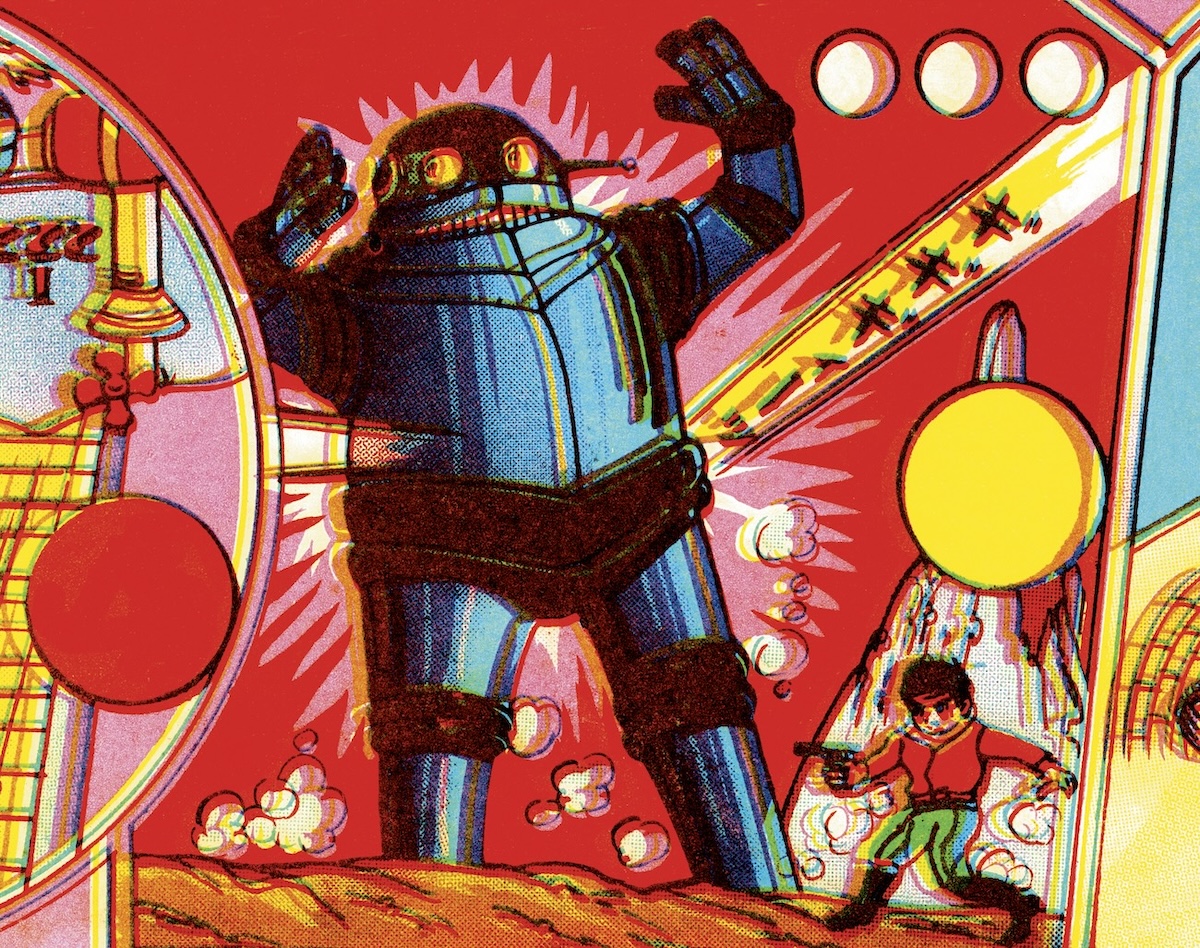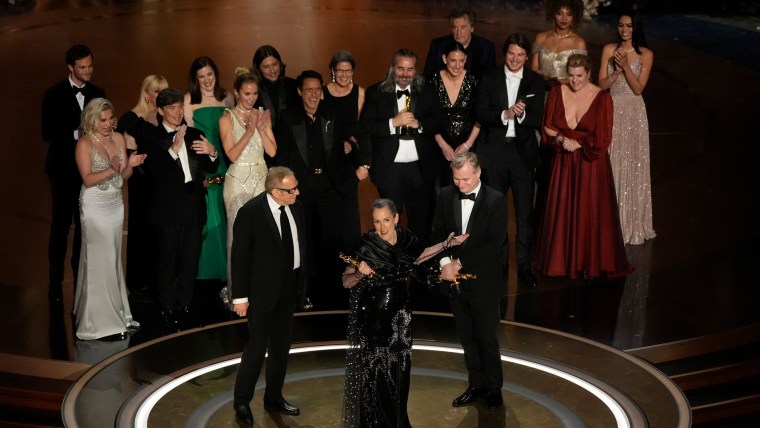The job-search landscape is undergoing a seismic shift, with an escalating conflict between bots at the forefront of this transformation. As artificial intelligence (AI) becomes integral to both job hunting and hiring, we find ourselves in the midst of a bot versus bot war, with both job seekers and employers feeling the brunt of this digital tug-of-war.
Job seekers, fed up with the impersonal nature of corporate hiring software, have turned to AI to craft their cover letters and resumes in mere seconds. They deploy automated bots to robo-apply for hundreds of jobs with a few clicks. While this might sound like a savvy use of technology, it leads to unexpected consequences. Companies, in response, are unleashing their own bots to sift through the avalanche of applications they receive. The result? A high-tech standoff that’s leaving both sides exasperated.
The Double-Edged Sword of AI
“You’re fighting AI with AI,” declares Brad Rager, chief executive of Crux, a firm specializing in matching cybersecurity specialists with employers. This AI arms race might sound revolutionary, but it’s proving to be a double-edged sword. Job candidates are left feeling disheartened as their online applications vanish into the digital ether without a trace. Meanwhile, employers are equally vexed as AI tools often spotlight unqualified candidates, complicating the hiring process further.
The dream that digital job boards and online applications would democratize job hunting, casting a wider net for both employers and job seekers, seems to be fading. The sheer volume of applications, supercharged by AI, has overwhelmed companies. Recruiters using the hiring platform Greenhouse saw a 71% spike in the number of applications per job opening in January compared to the previous year. This inundation has prompted companies like Salesforce to deploy AI in innovative ways, such as identifying transferable skills in job seekers’ applications to match them with open roles.
The Human Toll and Systemic Challenges
The explosion in application numbers is not solely the work of AI. A rise in white-collar layoffs and the sheer accessibility of job listings online have contributed to this surge. As Victor Schwartz, a job seeker, puts it, the system feels rigged against individuals. The frustration of applying to thousands of jobs without hearing back is a sentiment many can relate to, turning what should be a hopeful journey into one of despair.
Job seekers are inundated with automated rejection emails or, worse, complete silence. The impersonal nature of these interactions further alienates candidates, making the job search process feel increasingly dehumanized. This widespread disillusionment highlights a crucial gap in the current system: the need for a more balanced approach that combines the efficiency of AI with the empathy and insight of human recruiters.
Navigating the Future of Job Hunting
As we stand at this crossroads, it’s clear that the integration of AI in the job market is not going away. Both job seekers and employers must navigate this new terrain with caution and adaptability. For job hunters, it may mean finding a balance between leveraging AI and maintaining the personal touch that makes an application stand out. Personal branding, networking, and crafting unique application materials can help counterbalance the automated processes.

For companies, it’s about refining AI tools to ensure they don’t just filter applications, but enhance the human decision-making process. Employers need to develop systems where AI complements human judgment, helping to sift through large volumes of applications without losing the ability to identify truly qualified and passionate candidates.
A Call for Human Ingenuity and Adaptability
The bot wars in job hunting are a stark reminder that while technology holds the promise of streamlining processes, it also brings challenges that require human ingenuity and adaptability to overcome. As we move forward, the task at hand is not just fighting AI with AI, but finding ways to complement technological advancements with human touchpoints. Building a more humane and effective job-search ecosystem will depend on our ability to merge the precision of AI with the creativity and empathy that only humans can provide.
The future of job hunting lies in striking the right balance. As we embrace AI’s capabilities, we must also ensure that the personal elements of job seeking and hiring are not lost. By doing so, we can create a job market that is efficient, fair, and ultimately more fulfilling for all parties involved.





